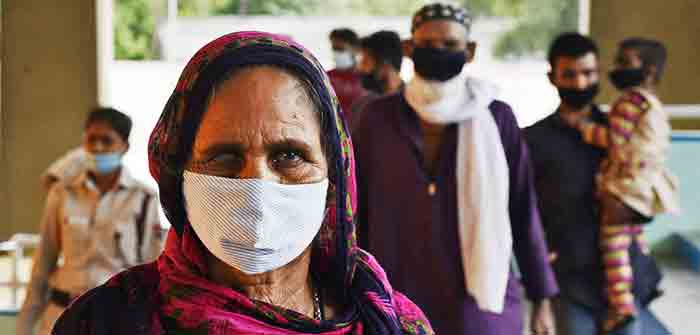
by Toby Green jay Bhattacharya at UnHerd
A report on India’s excess mortality published on Tuesday by the Center for Global Development. The report’s authors estimated total excess deaths in India over the past 15 months at a staggering 4.9 million. In other words, if mortality rates over these months had resembled those in recent years, 4.9 million Indians would still be alive today.
The report is impressive in its data and methods, but the interpretation the authors provided is not. They argued that the increased excess death rate proves that Covid mortality was higher by “several orders of magnitude” than the 420,000 Covid deaths currently registered in India.
We agree that this indicates that Covid mortality in India may be much higher than official figures suggest. But does this report, as The Guardian suggested, give the “most comprehensive picture yet of the true toll of the pandemic in India” — or does it rather reveal the stark impact of lockdowns on the Global Poor? All indications point the finger unerringly at lockdowns.
When the government imposed lockdowns last spring, ten million migrant workers in India’s cities, many of whom live hand to mouth from their daily labour, were thrown out of work. In India’s version of America’s Trail of Tears, workers were forced to return to their home villages, sometimes thousands of miles away. We have personally received staggering reports of millions of migrant workers from West Bengal still stranded and starving, as their work has evaporated and with it any livelihood to sustain them and their families.
India’s GDP fell by a record 7.3% in the year to March 31st. Research conducted with 75 households in Uttar Pradesh state showed that household incomes had slumped by an average of 75% over that time. As a BBC Newsnight report on Monday showed, the impact of this on public health in India is catastrophic.
In a bid to reserve health care for Covid patients in the early months of the epidemic, India restricted access to clinics even for direly ill patients. This policy left hundreds of thousands of tuberculosis, HIV, cancer, malaria, diabetes, and obstetrics patients (and countless others) without needed medical attention. By one accounting, missed treatments for tuberculosis alone in the early lockdown caused an additional 400,000 tuberculosis deaths.
Research has long shown that life expectancy and GDP are closely connected in poor countries: a slight increase in GDP can greatly increase life expectancy, whereas a decrease in GDP will also decrease it. The cause of the near-5 million increase in India’s excess deaths last year is thus not mainly Covid-19, but the economic, medical, and social consequences of the lockdowns implemented in spring 2020 and the panic that followed.
These findings tally with events elsewhere. In Peru, 2020 all-cause mortality increased by…
Continue Reading